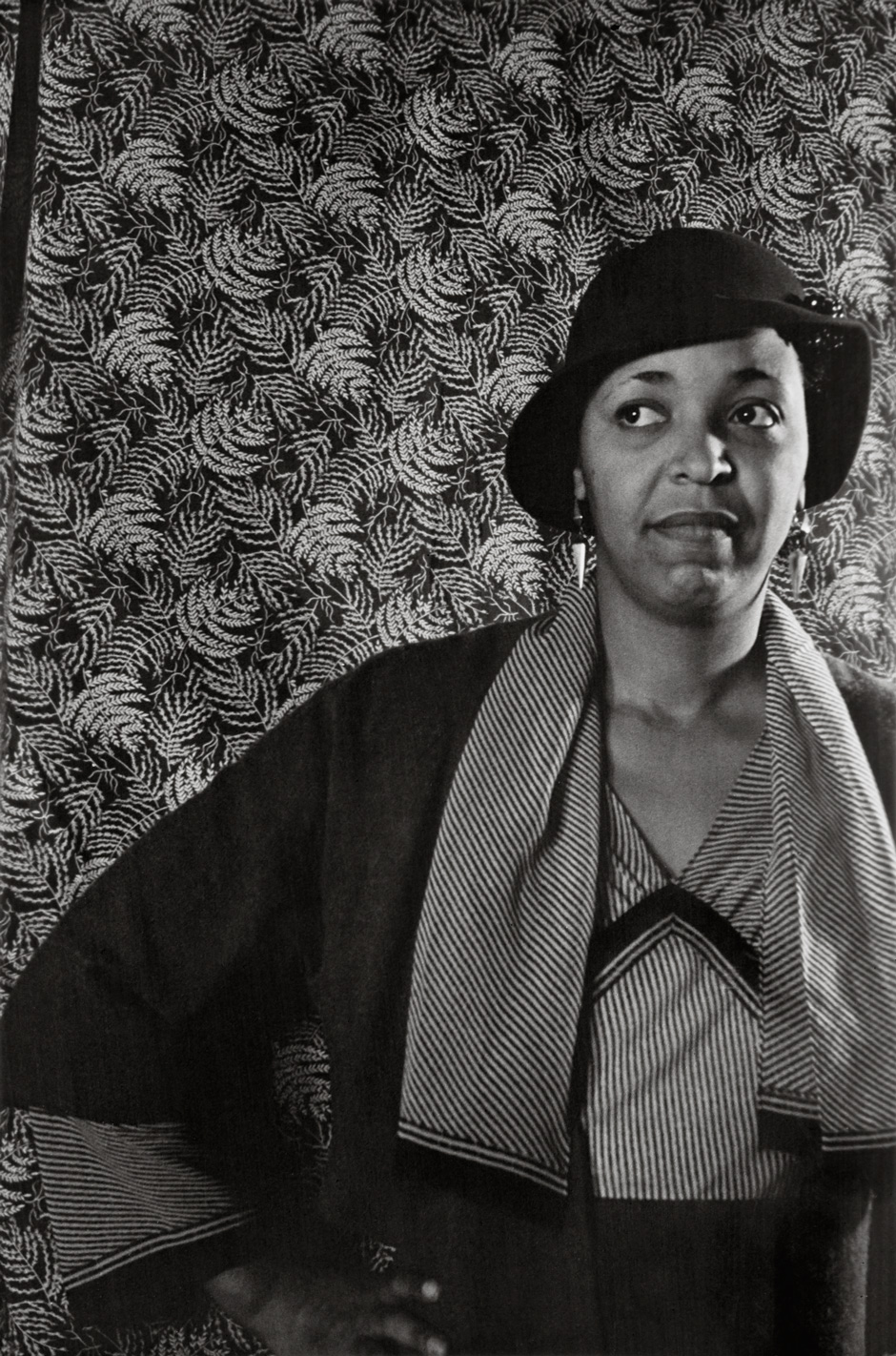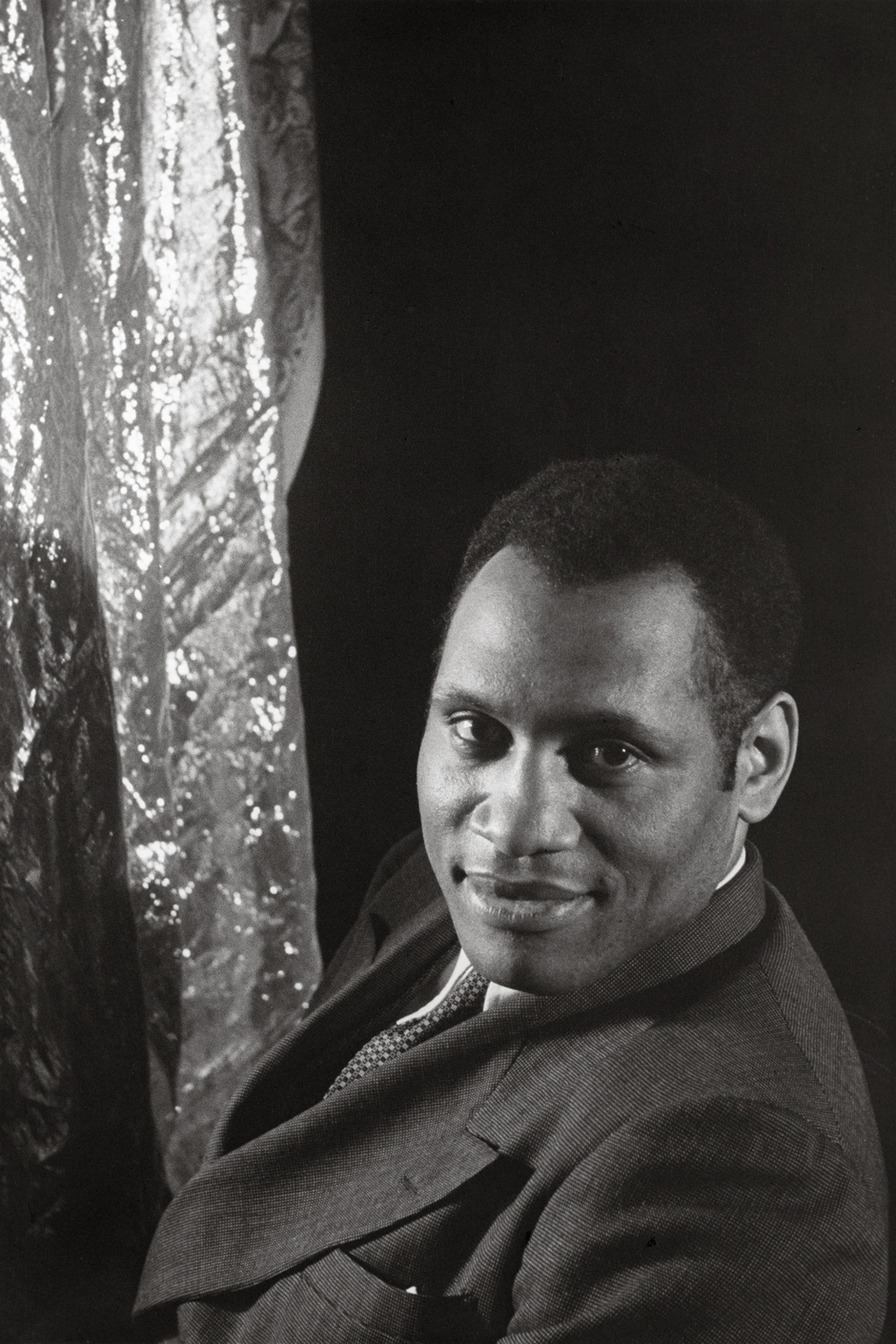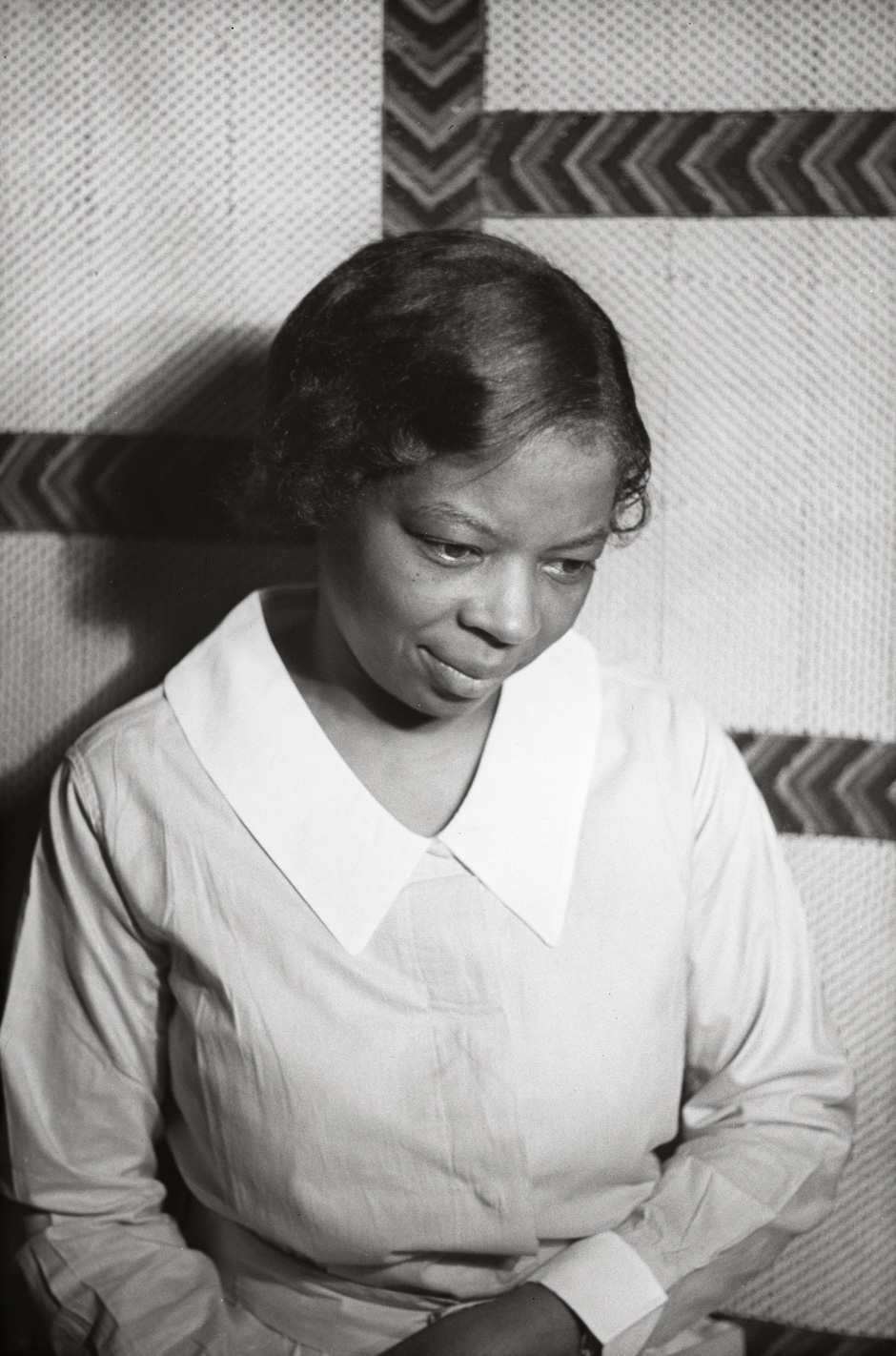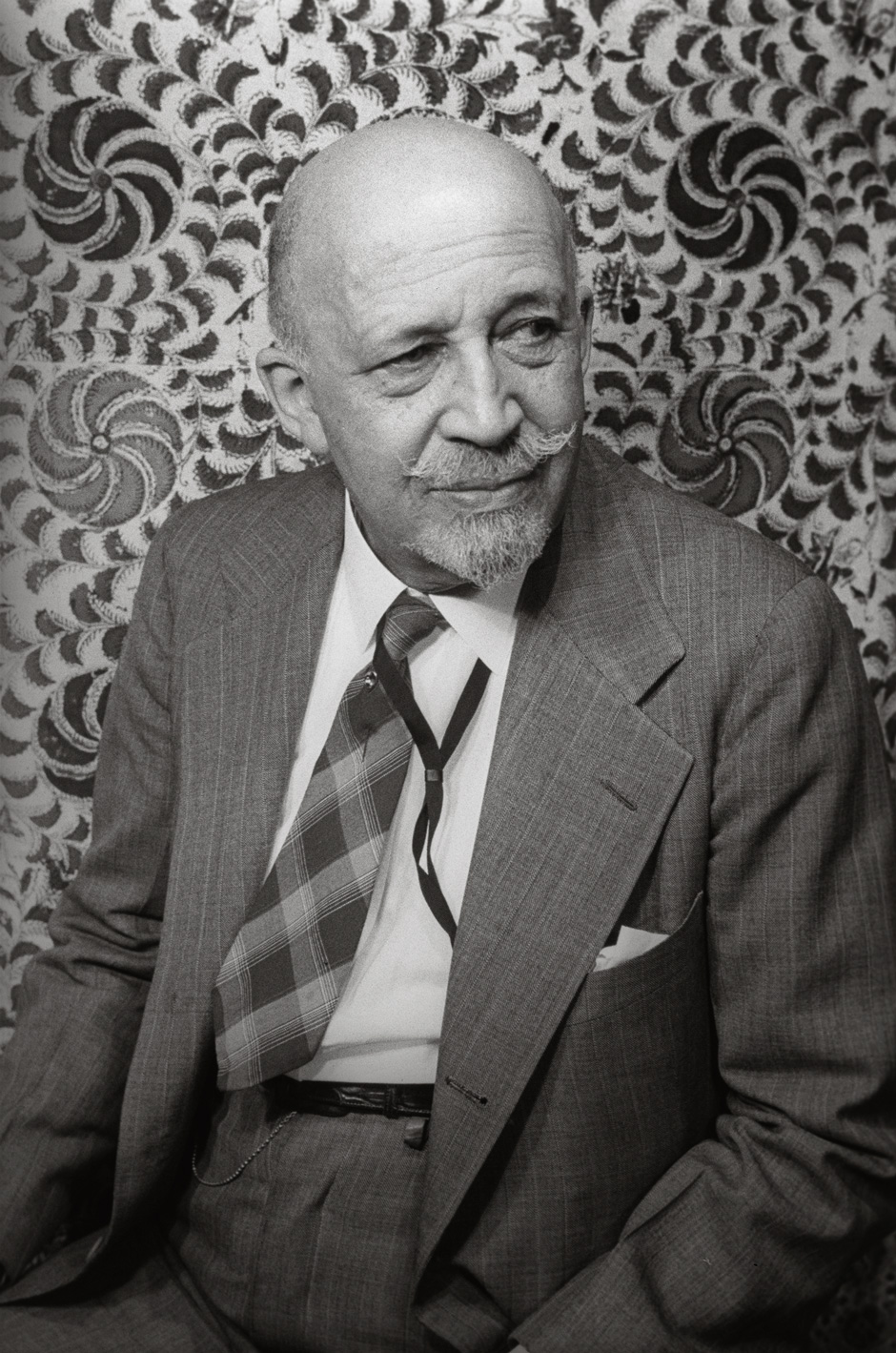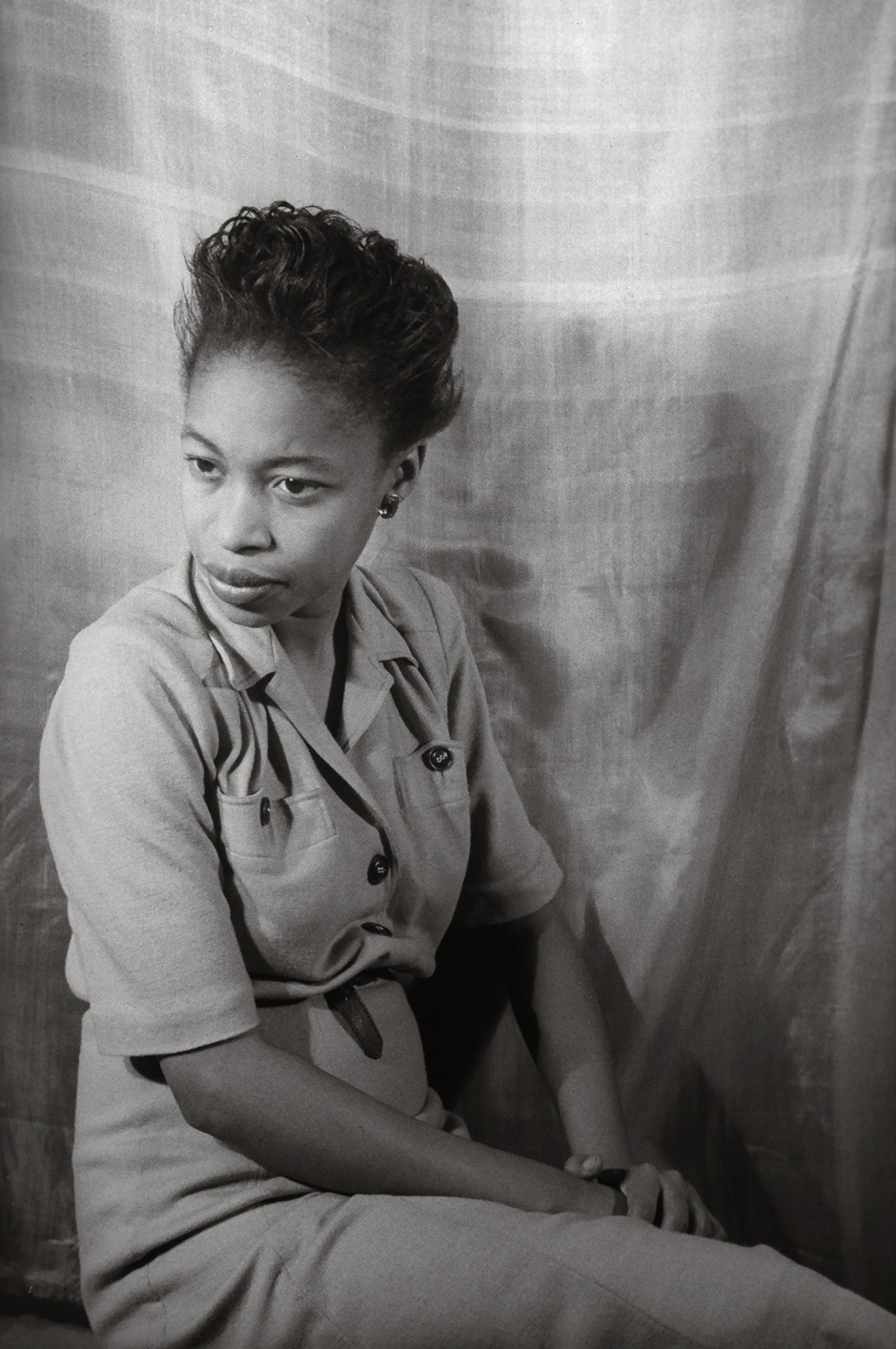Carl Van Vechten (1880-1964), enthusiast of Modernism and ally of the Harlem Renaissance, had a swell time while the Roaring Twenties lasted. Maybe he had too good a time—man about town, his big-toothed smile not to be missed at important theater openings and literary events, then on to suppers and cabarets. “Up at 8 with quite a hangover,” Van Vechten typically notes in his small daybook. He ceased his binge drinking as the Jazz Age turned into the Great Depression and he also stopped writing fiction. His dear friend Gertrude Stein had been right not to take his novels of decadence too seriously. Yet Van Vechten would have the Second Act that American life is not supposed to grant. He re-created himself as an artist and he became a portrait photographer of historical importance.
Van Vechten came from a sort of rich family, and perhaps that was the source of his social confidence. He did not repudiate his class, but he did not hang out in his class much either. In his marriage to Fania Marinoff, a Jewish waif of the theater, he found genuine companionship as well as an accommodation, however pained, of his gay love life. He’d made his way east, from Cedar Rapids, Iowa, to the University of Chicago, and finally to New York, where he worked as a music reporter, cultural journalist, herald of the new in the arts. Soon enough, he had black people at his parties on West 55th Street, parties that would become as legendary as those of his new friend, the “hair cream heiress,” A’Lelia Walker. Paul Robeson knew that something important had happened for him when in 1924 he sang at one of Van Vechten’s evenings; many other black musicians would as well. His home became something of a cultural clearinghouse for the Harlem Renaissance.
Van Vechten took to Zora Neale Hurston and especially to Langston Hughes. Biographies tell us that Hughes didn’t doubt Van Vechten’s sincerity, but he worried nevertheless how their connection would look in Harlem. Countee Cullen would eventually sit for Van Vechten, but in the 1920s, as a young black poet who believed he could write a lyric poetry that was color-blind, an escape from race, he kept his distance from the man who was already controversial as a white patron of black artists. Van Vechten waged his personal crusade of mediating between black and white, introducing here, facilitating there. But he found himself at the center of the debate about the image of the black in America with the publication of Nigger Heaven (1926), his roman à clef about the Harlem Renaissance.
Van Vechten’s characters are based on the black friends he’d made in uptown literary and show business circles. However, Nigger Heaven was also sensational, as a story set in the steamy Harlem scene of cabarets and seduction, speakeasies and violence. W.E.B. DuBois and several other black critics saw Van Vechten as the latest in a series of whites who exploited black culture for commercial gain, and whose work did little more than reinforce stereotypes. Yet Van Vechten’s black friends defended Nigger Heaven, or at least his good intentions. If the educated young black couple at the center of his novel is naive, then that is also the innocence of the period, given how we in the present day think of race. In a sense, Van Vechten was like the black writers who had lost their social context. But he was also, like Hughes, a survivor. The Mexican painter Miguel Covarrubias introduced him to the Leica in 1932 and he was off.
“I stay in New York and have become completely a photographer,” he wrote to Langston Hughes, then in Russia, in 1932. Hughes was happy to tell him a year later that he put Van Vechten’s picture of Ethel Waters up on his workroom wall. Van Vechten sent him photos of Ada “Bricktop” Smith and Louis Armstrong to make up for not having liked Hughes’s proletarian poems. He would go on over the years sending Hughes photographs of Ethel Waters and other friends, printed-up postcards of an attractive merchant seaman or the great, exhausting Billie Holiday, whom he won over by showing her his portraits of Bessie Smith. Van Vechten’s letters to Hughes tell us that he felt connected to the artistic world through his photography.
Van Vechten took thousands of photographs, of which those of black people are only a fraction. These portraits are perhaps his most personal work. His interracial homoerotic photographs are unquestionably more private, but they are far from relaxed, have none of George Platt Lynes’s calm. But the first thing Van Vechten’s photographs of black people speak of is his talent for friendship. Even when the subject’s gaze is averted, as in Van Vechten’s 1936 portrait of Lottie Allen, described as a domestic worker, her “dates unknown,” the viewer believes that she, who appears to be in uniform, trusts the white man behind that camera. She is not submitting, her expression is surprised, shy, pleased, and consenting.
Advertisement
Van Vechten’s admiration for his subjects was unambiguous. They knew who he was. Ten years after the Nigger Heaven controversy, DuBois did not refuse him, but he does not look particularly cooperative in the photograph. That is more likely to be a pair of glasses tucked away at the last minute on the end of that string than a Phi Beta Kappa key. The photograph was taken in 1936, when DuBois had resigned from The Crisis, the magazine of the NAACP, and published his groundbreaking history, Black Reconstruction in America. DuBois’s economic interpretation of the post-Civil War period was widely criticized by historians at the time.
Similarly, Van Vechten’s old friend, James Weldon Johnson, does not look comfortable in his portrait from 1932. Van Vechten got a much more interesting photograph of Johnson’s brother, the composer J. Rosamund Johnson, the following year. But, then, James Weldon Johnson, born in 1871, was a race man, as the middle-class progressive black leaders of the Victorian and Edwardian eras called themselves. It’s as though Van Vechten could not overcome Johnson’s prior relationship to the camera, to Negro portraiture itself. The image of respectability is paramount. Only Mildred Perkins, a domestic worker photographed in 1937, and Arna Bontemps, photographed in 1939, are as reserved.
Van Vechten’s portraits of an inscrutable Zora Neale Hurston, a vulnerable Bessie Smith, Langston Hughes in a dapper hat, and Richard Wright in a jacket too big for him have been reproduced often. If Rose McClendon was a dramatic actress, then Van Vechten wanted her to have her characteristic nobility of expression. At the same time, he gives us impressions of some figures that are different from how we are used to seeing them. His Nora Holt, the jazz and concert pianist on whom he based the notorious man-eater of Nigger Heaven, is elegant, but older than her years.
W. C. Handy and Paul Robeson are smiling; the tenor Roland Hayes, who suffered indignities when he toured the South, looks like a winged creature from an opera. Margaret Walker was young and had just won the Yale Series of Younger Poets competition in 1942 when Van Vechten caught her at an odd angle, photographing her somewhat from above, so that the viewer spies her gaze and can never intercept it. That is, indeed, a Phi Beta Kappa key that Countee Cullen is wearing, he, outdoors, framed by thick leaves.
Van Vechten photographed an elite. These were Negro achievers, ambassadors of the black race. Van Vechten shows the fire in legendary contralto Marian Anderson’s eyes, she who proved to the nation that a black woman could be more of a lady than the Daughters of the American Revolution. Charles Johnson and Mary McCleod Bethune were institution builders, presidents of black colleges, Fisk University and Bethune-Cookman College respectively, and would have been as celebrated in black America in the late 1940s as much as Ella Fitzgerald. Van Vechten finds Fitzgerald playful, mischievous. He captures her modesty, this consummate musician. She had perfect pitch and a faultless sense of rhythm; she reminded audiences that the human voice was an instrument.
Photography in the nineteenth century had its realists, but photography as a tool of social science and anthropology was also used to reinforce the tenets of racism. Early film as entertainment was far worse, given that Eastern European immigrants were shown what attitudes as Americans they ought to have toward blacks. The threat of ruin and violence was so real in the early twentieth century, when ninety percent of the black population lived in the South, that it was easy to mistake conformity to racist images on the part of black people for the way they really were. Whites couldn’t imagine what blacks had to do to survive. “We wear the mask that grins and lies,” the Paul Laurence Dunbar poem begins.
But with the migration to the North, and the political change that came with World War II, with black veterans not willing to accept what had happened to their fathers after World War I, the country began to see and hear black people as themselves. It was a cultural movement that through his photography Van Vechten both witnessed and abetted. In remaining true to the cause, he discovered his best self.
Advertisement
Adapted from Darryl Pinckney’s introduction to ‘O, Write My Name’: American Portraits, Harlem Heroes, a collection of photographs by Carl Van Vechten, published this month by Eakins Press Foundation. Copyright Darryl Pinckney/Eakins Press Foundation, 2015.


